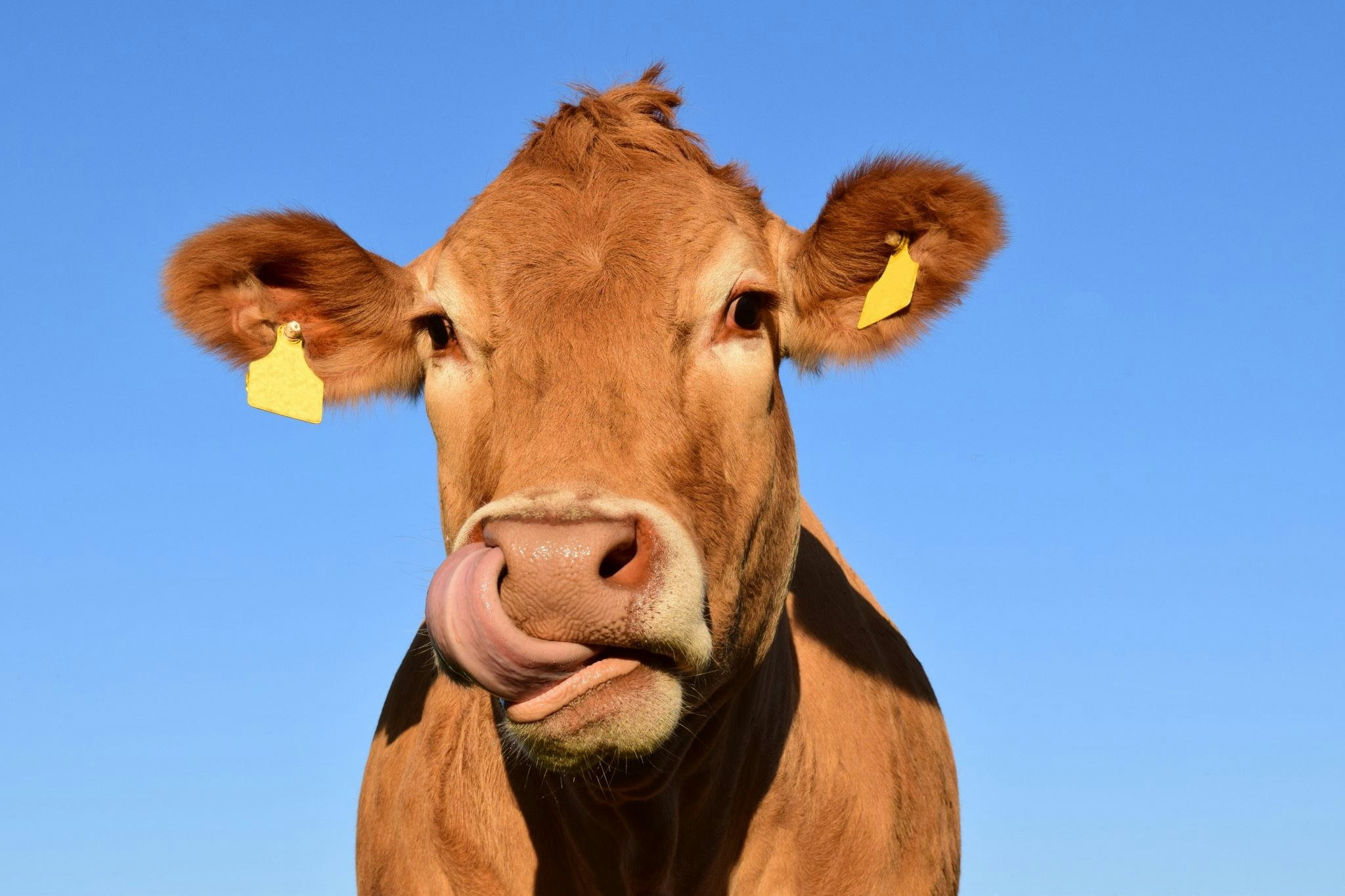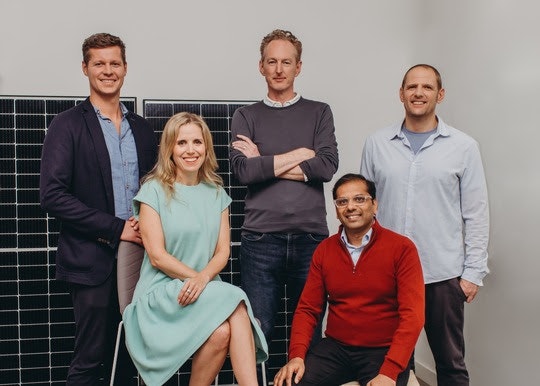As countries and companies alike try to find ways to drastically cut our emissions, some hope that capitalist incentives can be reworked to reduce greenhouse gas amounts. Put simply, carbon trading makes emissions — and the reduction of them — a tradable asset.
It's a key concept behind things like carbon offsetting platforms — which a lot of European startups are working on — and will have implications for carbon removal tech itself, too.
The intricacies of carbon trading were a hot topic at the COP26 climate conference in Glasgow last year and, although the rules thrashed out there only apply to trading between countries, they could set a precedent for companies and startups too.
How do carbon credits work?
Carbon markets work by assigning a fixed number of "credits" to represent an amount of carbon emitted or removed from the atmosphere.
There are two types of carbon market: emissions trading schemes (ETS) and baseline-and-credit mechanisms.
The fundamental difference is what’s being sold. In an ETS, governments and companies trade pollution permits (sometimes known as allowances), which allow them to emit a certain amount of CO2. For instance, a company may have to return a permit that it had previously bought or been issued with to the relevant authority for every tonne of CO2 it released.
Baseline-and-credit mechanisms work by trading the reduction of emissions. In this system, a credit is equivalent to a certain amount of CO2 removed from the atmosphere — it’s about trading offsetting mechanisms.
Where are the markets?
At a UN conference in 1997, the Kyoto Protocol introduced the concept of countries being able to trade carbon. Based on the protocol, the UN runs markets. Countries are allocated a certain number of credits, but can trade with or buy from other countries to get more.
There’s an emissions trading scheme, which puts a price on emitted carbon, and a “clean development mechanism”, which puts a price on the amount of carbon sequestered — an offsetting scheme.
Countries and regions have also set up their own markets. The EU Emissions Trading System is the largest, covering 11,000 companies across Europe, including power stations, manufacturing plants and aviation companies, each of which are given a certain number of credits.
The voluntary market
Under the EU trading scheme, companies are obliged to stick within their credits. But there’s also a voluntary market, where companies can sign up, either individually or as part of a country-wide scheme.
Much of the aviation industry, for example, is signed up to the CORSIA carbon offsetting scheme. There are an increasing number of consumer-facing offsetting schemes too, where people can pay to offset purchases of their own, whether that's flights or a pair of jeans.
There’s big money to be made in the voluntary carbon market — in 2021 its value topped $1bn. The price of carbon credits continues to rise too — credits on the CORSIA index were at $8.40/megatonne in November last year, compared to 80 cents/mt that January.

What happened at COP26?
There are several issues with carbon credits. For one, there have been cases where two different entities claim an offsetting credit as their own — usually a company and the country it sits within.
That leads to double counting — if a company claims to be carbon neutral based on offsetting, that’s also counted in a country’s targets even if the country hasn't done anything.
At COP26 delegates set out rules to prevent double counting. They solidified details from the 2015 Paris Agreement to monitor the duplication of carbon credits properly, something the UN will start to set a mechanism for in the near future.
Although those rules won’t apply to the voluntary market, it’s expected that countries could employ the same rules on voluntary markets within their jurisdictions themselves.
What’s going wrong in the offsetting market?
There are issues around the quality of offsetting credits. Offsetting schemes can range from planting trees or growing kelp to sequester carbon to carbon capture technology itself or projects which protect areas from deforestation.
Finnish startup Compensate reviewed 100 nature-based offsetting solutions (which can be used for credits) and found that only 10% passed its criteria to be added to its carbon capture portfolio.
The problems it found vary — it’s hard to measure the effects of preventing deforestation (because you’re measuring something that doesn’t happen); tree-planting schemes can focus on one species and ignore biodiversity; while other projects cause human rights concerns.

Threats for startups
The rules thrashed out at COP26 don’t apply to the voluntary market — where most startup offsetting platforms are working.
It’s going to be down to each country to make sure the rules applied to international markets are applied to their domestic voluntary markets. Startups will need to look to the regulations set by all the countries they work in.
Opportunities for startups
The quality of offsetting has also led to a surge in interest in data platforms that assess offsets against each other. More and more startups are raising funds to grow platforms that do that. For instance, British startup Sylvera just raised $32m to grow its monitoring platform.
For startups working in voluntary carbon markets, one thing’s clear — the market is expected to grow at pace. A task force led by Mark Carney, the former governor of the Bank of England, concluded that the carbon offsetting market could reach $150bn by 2030.


